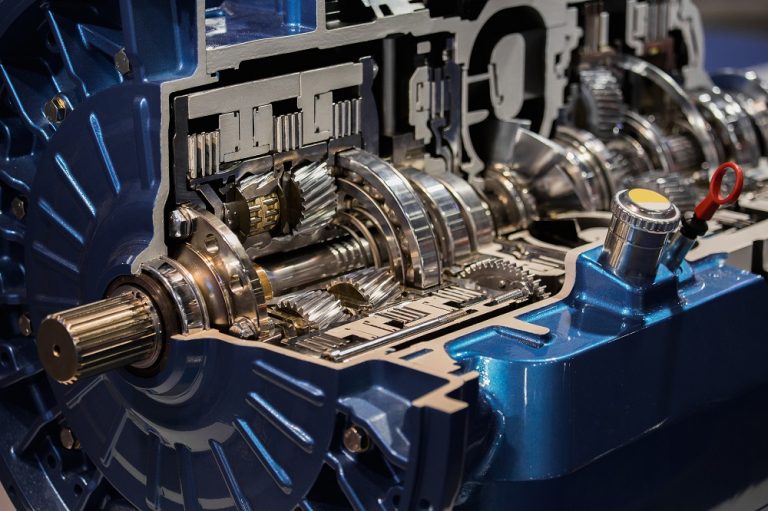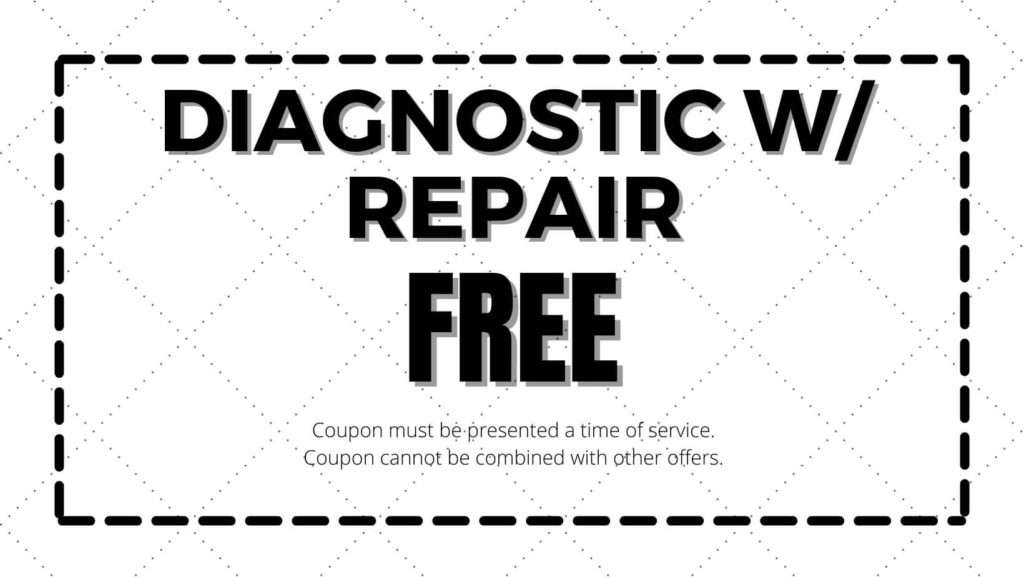Transmission Service
in Las Vegas
If you’re looking transmission service and repair, A-1 Quality Repair in Las Vegas has you covered. Our knowledgeable team of transmission specialists will diagnose the situation and help you make the best decision to keep your car running smoothly for as long as you own your vehicle.
Our transmission services include:
- Automatic Transmission repair
- Manual Transmission repair
- Clutch Repair
- Four-wheel drive Transmission repair
- Front-wheel drive Transmission repair

Regardless of what you drive and how how you drive. We’ll get you back on the road again quickly, with top rated transmission service and repair in Las Vegas.
What transmission repair services do we offer?
Automatic Transmission Repair
Discover reliable and expert automatic transmission repair services at A1 Quality Repair. Our skilled technicians are well-versed in the complexities of automatic transmissions, ensuring your vehicle shifts smoothly and performs at its best. Whether you’re experiencing slipping gears, delayed shifts, or other transmission issues, trust us to diagnose, repair, and get you back on the road with confidence.
Manual Transmission Repair
We also specialize in manual transmission repair, catering to the unique needs of drivers who prefer a more hands-on driving experience. Our experienced technicians understand the intricacies of manual transmissions, from clutch adjustments to gear synchronizations. Whether you’re facing grinding gears or difficulty shifting, our team is here to provide expert solutions for your manual transmission needs.
Clutch Repair
Is your clutch showing signs of wear, such as slipping or difficulty engaging gears? Turn to us for professional clutch repair services. Our technicians are skilled in diagnosing and repairing clutch issues, ensuring optimal performance and a smooth driving experience. From clutch adjustments to complete replacements, we have the expertise to keep your clutch in top condition.
Four-Wheel Drive Transmission Repair
For drivers navigating diverse terrains with four-wheel drive vehicles, reliable transmission performance is crucial. At We are able to address issues specific to the unique demands of off-road and challenging driving conditions. Trust our skilled technicians to keep your four-wheel drive system running smoothly.
Front-Wheel Drive Transmission Repair
Front-wheel drive vehicles require specialized attention when it comes to transmission repair. At A1 Quality Repair, our technicians are well-versed in the intricacies of front-wheel drive transmissions. Whether you’re experiencing issues with torque steer or transmission fluid leaks, we have the expertise to diagnose and repair front-wheel drive transmissions with precision.
Transmission Service Frequently Asked Questions
The decision to repair or replace a transmission depends on various factors, and it’s not always a straightforward choice. The type and severity of the transmission issue plays a crucial role. Minor problems, such as a solenoid replacement or a fluid leak, may be more cost-effective to repair. However, major internal damage might make replacement more economical.
It’s important to note that each situation is unique, and professional advice from a qualified mechanic is crucial. Our experienced technicians can diagnose the transmission issue, provide detailed cost estimates for repairs and replacements, and offer guidance on the most practical and cost-effective solution based on your specific circumstances.
A failing or failing transmission can exhibit various warning signs. If you notice any of the following signs, it’s important to have your vehicle inspected by a qualified mechanic promptly. Early detection and addressing transmission issues can prevent more extensive damage and costly repairs. Here are common signs that your transmission may be going out:
- Slipping Gears
- Delayed or Rough Shifting
- Unusual Noises
- Fluid Leaks
- Warning Lights
- Burning Odor
- Difficulty Engaging Gears
- Sluggish or Unresponsive Acceleration
- Warning Messages
If you observe any of these signs, it’s advisable to consult with our qualified mechanics for a thorough inspection and diagnosis. Ignoring transmission problems can lead to more severe issues and higher repair costs down the line.
Several issues or symptoms may be mistaken for transmission problems, as they can affect the vehicle’s performance and create similar symptoms. It’s important to consider these alternative possibilities before jumping to conclusions about transmission issues. Here are some common problems that may be mistaken for transmission problems:
- Engine Issues
- Faulty Ignition System
- Exhaust System Problems
- Fuel System Problems
- Brake System Issues
- Suspension or Drivetrain Problems
- Wheel and Tire Issues
- Electrical System Malfunctions
- Torque Converter Issues
- Software or Electronic Control Module Issues
With so many different possibilities, it is important to bring your vehicle in so our technicians can properly diagnose the problem, and recommend you with the proper services!
Diagnosing transmission issues requires a systematic approach, and mechanics use a combination of visual inspections, test procedures, and diagnostic tools to identify the root cause of the problem.
Once the mechanic completes these diagnostic steps, they can determine the likely cause of the transmission issues. Based on the findings, the mechanic will recommend necessary repairs, whether it involves replacing damaged components, overhauling the transmission, or, in some cases, replacing the entire unit. Thorough diagnostics are essential to ensure accurate and effective transmission repairs.
When a car needs transmission fluid or is experiencing issues related to low or degraded transmission fluid, it may exhibit various symptoms like difficulty shifting or burning smells.
It’s important to note that while these symptoms may be indicative of low or contaminated transmission fluid, they can also result from other transmission problems. Regular maintenance, including checking and changing the transmission fluid, is essential for the proper functioning and longevity of the transmission.
One of the most common failures in an automatic transmission is related to issues with the transmission fluid. Problems associated with transmission fluid can lead to various complications and are often a primary cause of transmission issues.
While issues with transmission fluid are common, other components within the automatic transmission system can also fail. Problems with solenoids, valve bodies, clutches, and bands can contribute to transmission malfunctions.
A slipping transmission can manifest through various symptoms, and the sensations experienced by the driver can vary. Here are common signs and feelings associated with a slipping transmission:
- Delayed Shifts
- RPM Fluctuations
- Ineffective Acceleration
- Loss of Power
- Difficulty Maintaining Speed
Contact Us For Transmission Service
in Las Vegas
At A1 Quality Repair, we understand the importance of a properly functioning transmission for the overall performance of your vehicle. If you’re experiencing issues such as slipping gears, delayed shifts, or unusual noises during acceleration, our skilled technicians are here to provide expert transmission repair services in Las Vegas.
Take the first step toward a smoothly running vehicle by reaching out to us for expert transmission repair services. Let our dedicated professionals ensure your transmission operates at its best. Schedule your transmission repair with A1 Quality Repair, where excellence meets automotive care.
